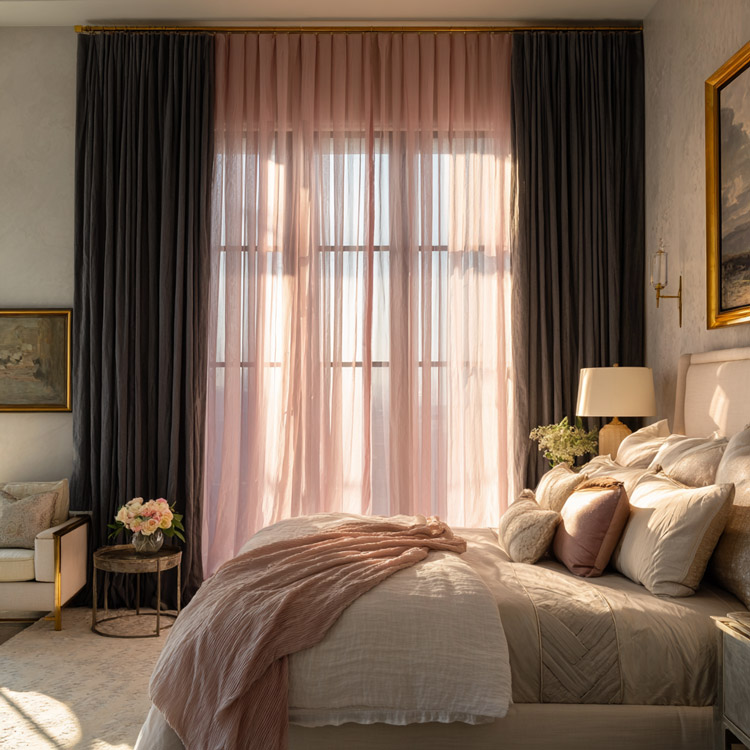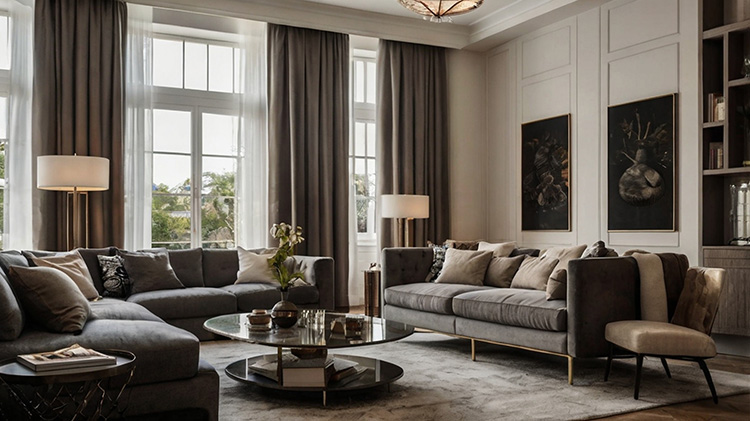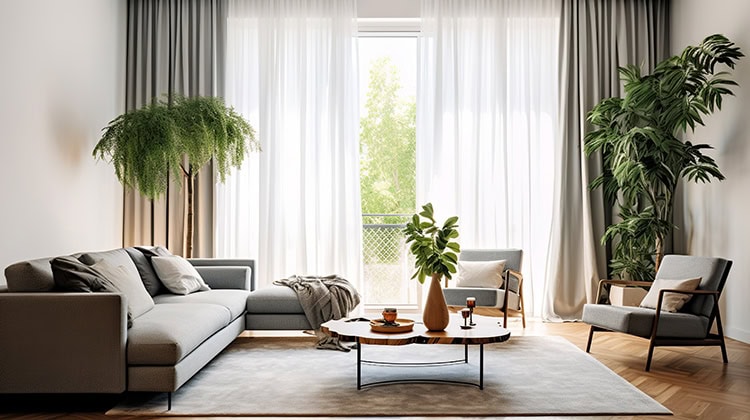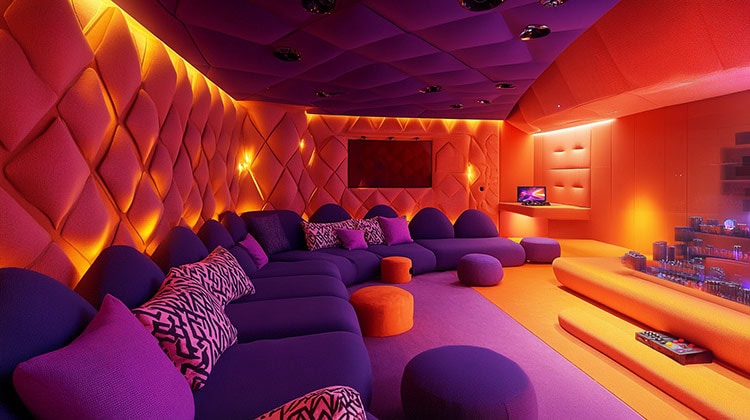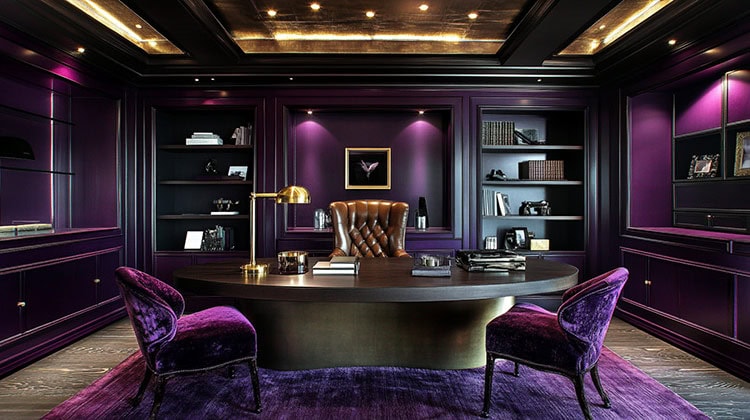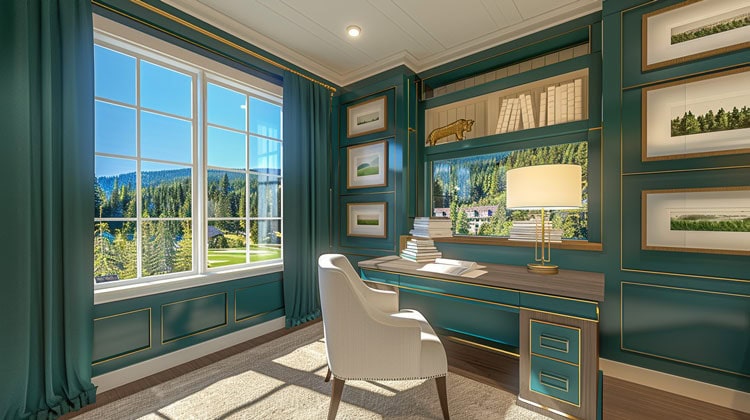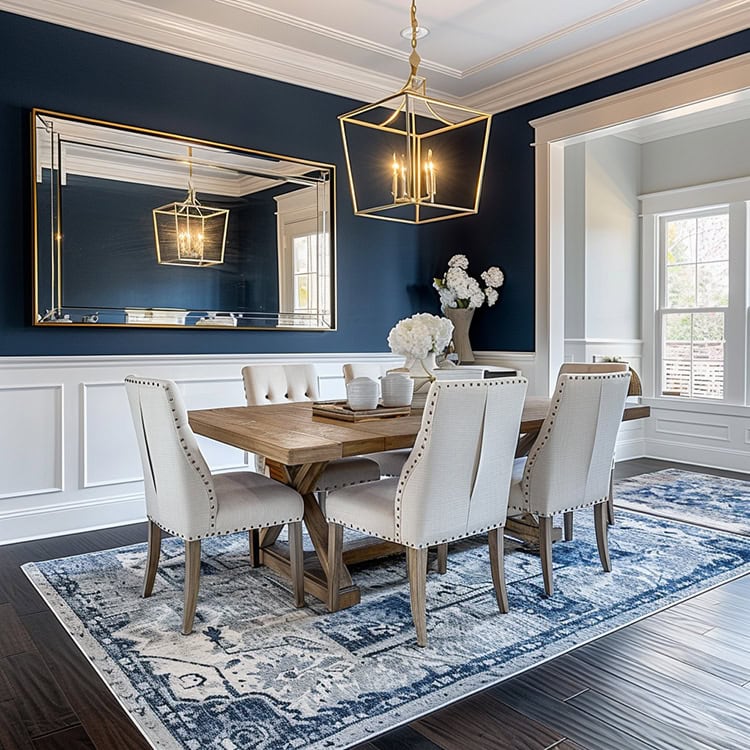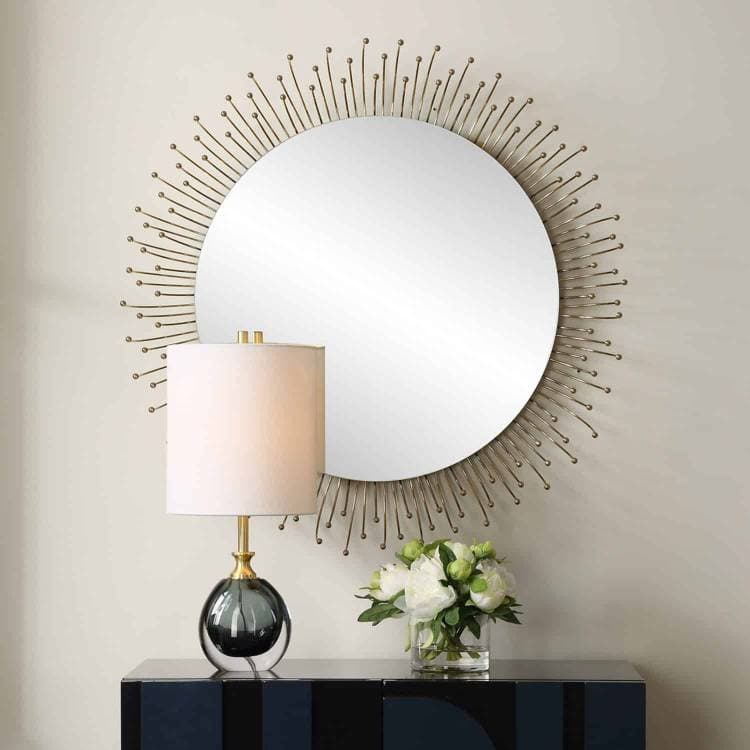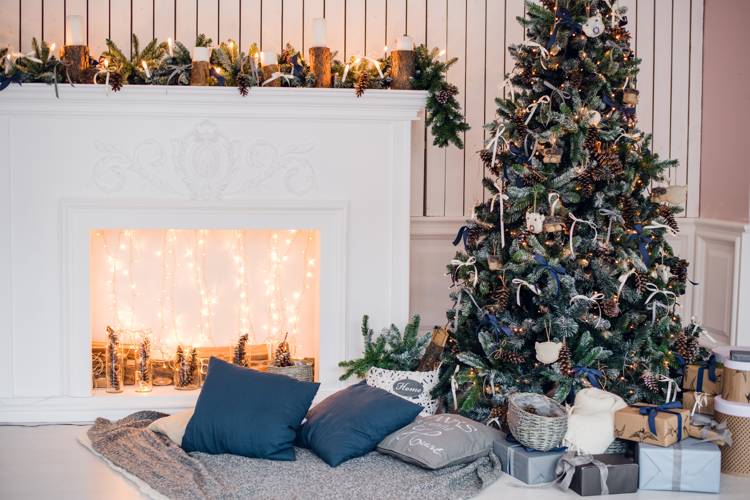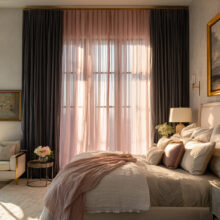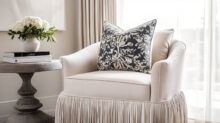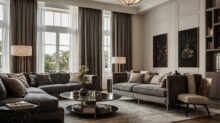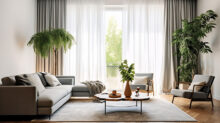Materials That Tell the Mid-Century Story, Part 2
In mid-century modern design, materials aren’t merely functional—they’re the vocabulary through which designers articulate their vision. Each carefully selected element speaks to mid-century values: honesty, innovation, and the celebration of both natural and manufactured beauty. For an authentic mid-century eat-in kitchen, your material palette becomes the foundation of your space’s narrative, communicating design intent with quiet confidence while creating the perfect backdrop for family life.
Wood: The Mid-Century Foundation
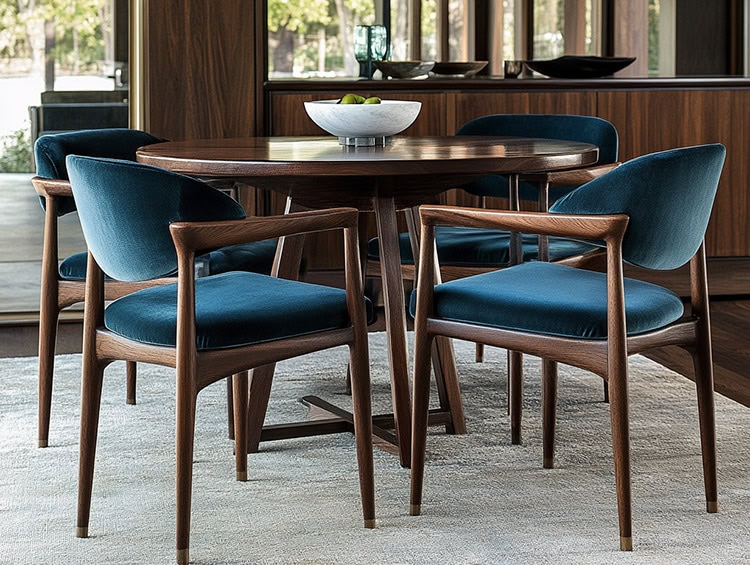
Wood provides essential warmth in mid-century kitchens, but not just any wood will do. Look for:
- Walnut with its rich, distinctive grain patterns
- Teak offering golden-brown tones that warm any space
- White oak for a slightly lighter alternative that still feels period-appropriate
- Bent plywood that showcases mid-century’s innovative manufacturing techniques
These woods can appear in cabinetry, furniture, wall panels, or even ceilings. The key is embracing their natural beauty rather than hiding it under heavy stains or glossy finishes.
Surfaces with Personality
Countertops and tabletops offer perfect opportunities to introduce authentic mid-century character:
- Terrazzo-inspired surfaces that reference iconic mid-century flooring
- Laminate with boomerang or geometric patterns for retro charm
- Quartz in solid colors that complement your wood elements
- Natural stone with distinctive veining that becomes almost artistic
Backsplash Statements
The kitchen backsplash provides another canvas for mid-century expression:
- Geometric tile arrangements that create visual rhythm
- Glass tiles in characteristic hues like aqua, amber, or olive
- Dimensional tiles that play with light and shadow
- Solid colored tiles in stacked (not staggered) formations
The Color Story: Finding Mid-Century’s Sweet Spot
Mid-century color palettes are distinctive and recognizable, typically combining warm woods, clean whites, black accents, and strategic pops of characteristic colors.
Base Neutrals
Start with:
- Warm wood tones from your cabinetry or furniture
- Clean whites for walls and perhaps some cabinetry
- Touches of black to anchor the space and define edges
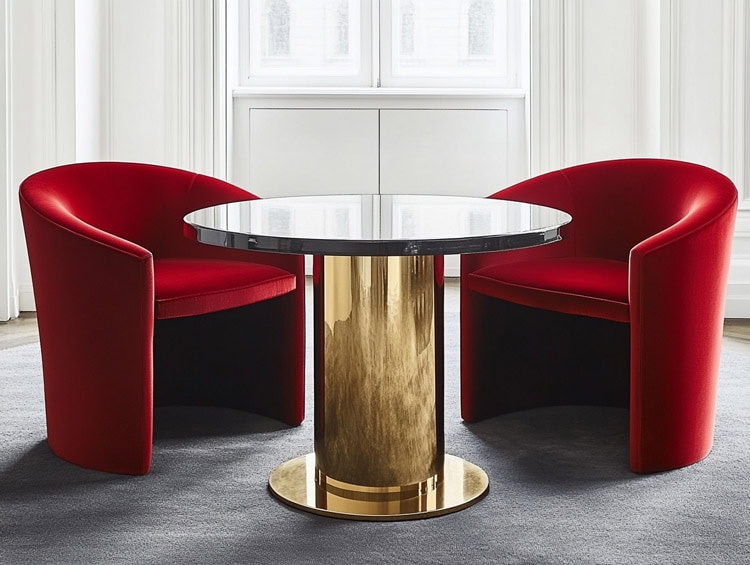
Accent Colors
Then introduce 1-2 colors from the mid-century palette:
- Mustard yellow for sunny optimism
- Teal or turquoise for cool sophistication
- Warm orange or brick red for energetic warmth
- Olive or avocado green for organic connection
The key is restraint—a little goes a long way. Perhaps your dining chairs feature that perfect mustard upholstery, while the rest of the space remains more neutral. Or maybe pendant lights in turquoise glass become the color moment in an otherwise understated space.
Furnishing Your Mid-Century Eat-In Kitchen
When selecting furniture for your eat-in kitchen, look for pieces that balance style and comfort:
Table Options That Define the Era
- Saarinen-inspired tulip tables with pedestal bases maximize seating and showcase mid-century’s sculptural approach
- Simple rectangular tables with tapered legs offer unfussy elegance
- Extension tables with distinctive hardware demonstrate mid-century innovation
- Built-in breakfast nooks with floating elements create architectural interest
Seating That Makes a Statement
Mid-century seating manages to be both visually distinctive and surprisingly comfortable:
- Molded chairs in organic shapes that support the body naturally
- Bent plywood chairs that showcase manufacturing innovation
- Simple wooden chairs with tapered legs and minimal cushioning
- Barstools with sculptural bases and simple seats
Don’t forget that authentic mid-century homes often featured mixed seating rather than perfect matching sets. Perhaps two molded side chairs paired with two wooden armchairs, all united by a shared wood tone or complementary colors.
Now that we’ve covered the key materials and furniture that create the foundation of mid-century kitchen design, check back next week for Part 3. We’ll complete our exploration with the textiles, lighting, and finishing details that add warmth and character to your kitchen space.

